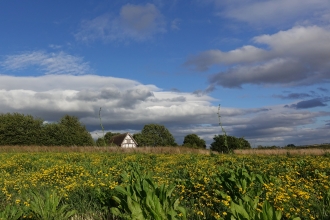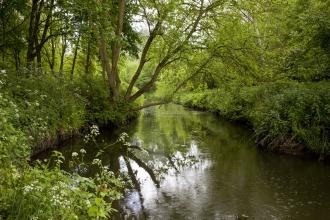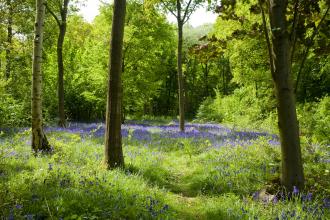Nature Reserves
There is limited parking at many of our nature reserves so please return at a less busy time if there is no parking available when you arrive.
Thank you for being considerate to our staff, volunteers, other visitors and wildlife when visiting our nature reserves. Please watch our short video to find out how you can help protect wildlife…
Nature reserves are refuges for wildlife
Our nature reserves are special places for wildlife. Please keep to paths and pay attention to signage. Dogs are welcome on some nature reserves but please keep them on a lead at all times and take away any mess. Please follow these simple steps to ensure the safety of our wildlife:
- Keep dogs on leads. Even the friendliest of dogs can appear threatening and may cause a bird to leave a nest altogether. It’s not just ground-nesting birds that are at risk – many species nest (summer) and roost (winter) in vegetation close to the ground alongside paths.
- Stick to paths. Whether it’s a public right of way, a bridleway or a permissive path, please stick to these and don’t make your own paths. Only take horses or cycles on designated bridleways.
- Stay alert. If a bird is calling ‘at you’, you’re too close to the nest. If it’s carrying food, let it feed its young. Don’t pause and keep on walking.
- Report bad or suspicious behaviour. If you see anything suspicious – wildlife crime, fly-tipping, fires. motorbikes or more, please report this using 101 (non urgent) or 999 (urgent)
We own and manage more than 75 amazing places for wildlife. You are welcome to visit most of these to immerse yourself in the beauty of nature and the wonders of Worcestershire's wildlife. Almost 30, however, are true wildlife havens (not listed on our website) and can only be visited for research purposes with special permission from the Trust - please get in touch if you would like to know more about accessing any of these delicate and special places.
To help us look after all these fabulous places and to discover more about the wildlife that lives there, why not become a member.
Your group is welcome to visit without a guide but to ensure you have the best visit that isn't compromised by work that's taking place, education activities or other group visits, please contact Rob (01905 754919) to book your visit. Please also consider making a donation to the Trust to help with the ongoing costs of managing our nature reserves.
Nature Reserves
Filters
112 results

Lower Smite Farm
A 150 acre working arable farm with a nature trail, wildlife garden and the Trust's operational base & Environmental Education Centre.
Chaceley Meadow
Wildflowers and birds thrive at Chaceley Meadow nature reserve. Although some distance from the River Severn the meadow occasionally floods in winter, the perfect environment for a multitude of…
Stockings Meadow
Grassland area with a very rich flora, including a number of orchids
Collin Park Wood
Lying within the gently-rolling countryside around the River Leadon, Collin Park Wood nature reserve is an area of ancient woodland which has been coppiced for centuries. <br />
A…
Piddle Brook Meadows
The meandering Piddle Brook and three adjacent meadows are rich in wildflowers and wildlife.

Droitwich Community Woods
A nature trail through woodland, grassland and alongside the River Salwarpe.

Trench Wood Nature Reserve
This is an ancient woodland with areas of scrub & coppice, making it ideal for butterflies & warblers.
Gwen and Vera's Fields
One of the few wild daffodil meadows left in the area known as the "golden triangle", these fields are carpeted with wild daffodils every spring. Old orchard trees and woodland…
Ail Meadow
Ail Meadow is a lowland pasture that lies within the wonderful, wildlife-rich landscape of the Woolhope Dome, very close to our own Wessington Pasture Nature Reserve.
Ashleworth Ham
Ashleworth Ham is a remnant of what was once a much larger wetland landscape. Due to its ecological importance, there is no public access to this nature reserve.
